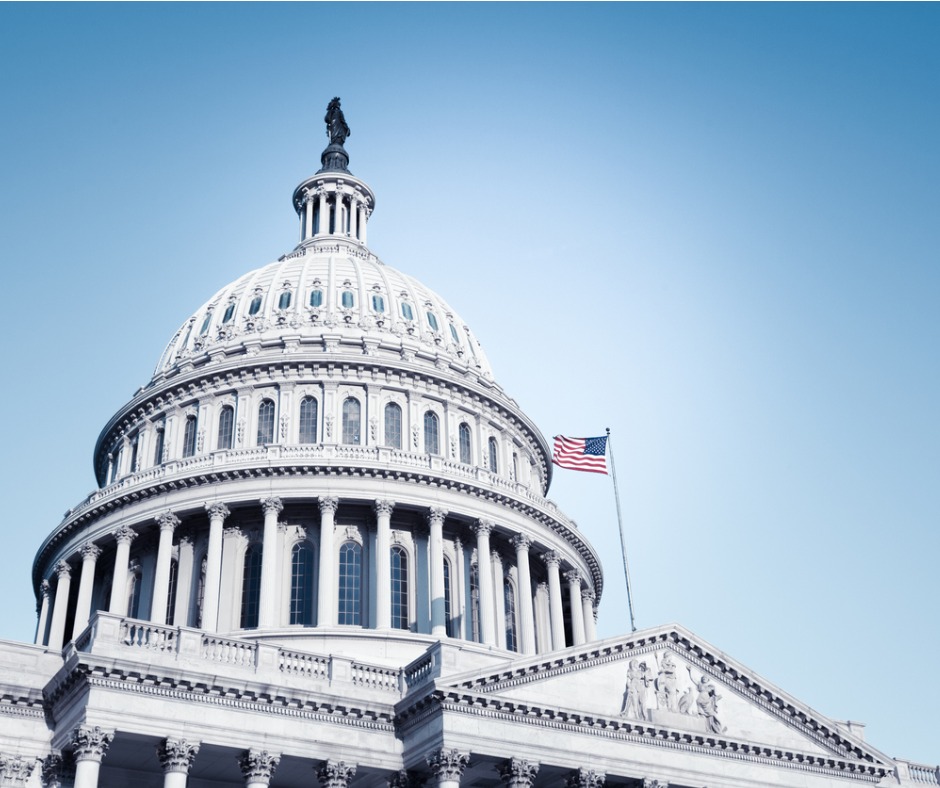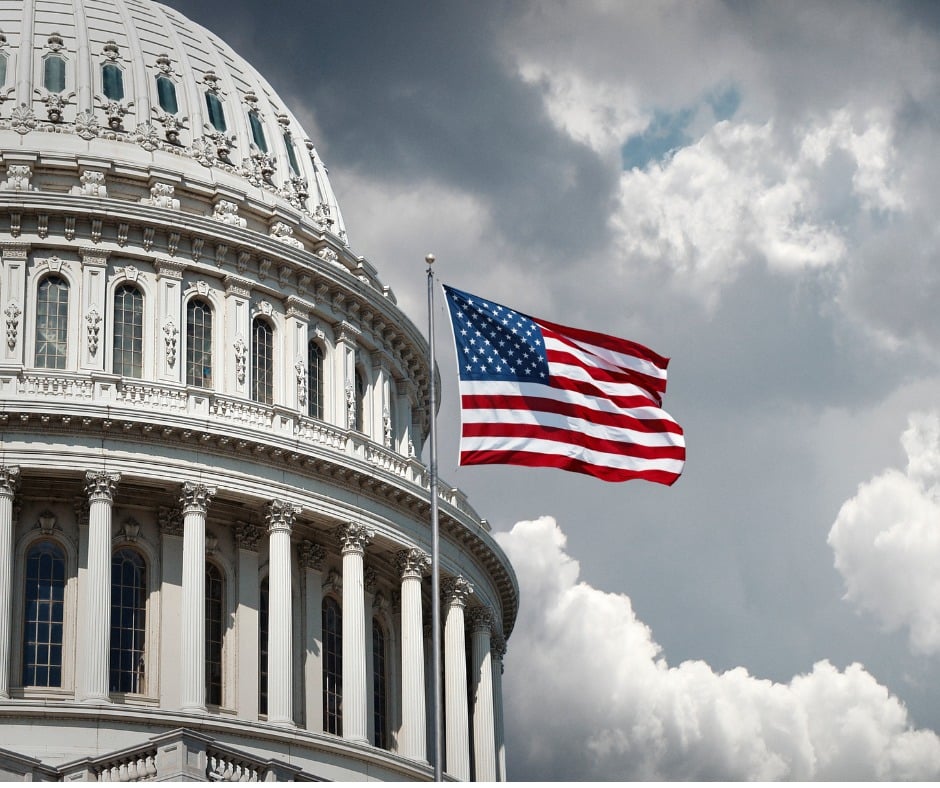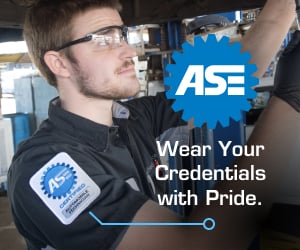ASA Fights for a Fair EV Transition
Federal rules that will cause a sudden EV influx risk leaving auto repairers behind in the dust
The Automotive Service Association (ASA) is not anti-EV or pro-EV. We don’t favor one type of powertrain over another. We just want to make sure that our members are in a position to service the vehicles that enter their facilities. Several actions taken by the federal government, as well as some state governments, could make it much harder for independent auto repairers.
The U.S. Environmental Protection Agency (EPA) recently finalized rules that will dramatically increase the proportion of vehicles on the road that are EVs. The EPA estimates that its Multi-Pollutant Emissions Standards for Model Years 2027 and Later Light-Duty and Medium-Duty Vehicles regulation will cause EVs to account for around 50% of all new vehicles sold in the U.S. in 2032. Many proponents of this regulation argue that the EPA did not explicitly ban ICE vehicles or mandate EVs. Technically, they are correct. It creates emissions limits for the aggregate of an OEM’s fleets. However, the only realistic way OEMs will be able to comply is if they sell significantly more EVs.
On top of enacting a major regulation that will dramatically upend the automotive industry, the federal government allocated $7.5 billion towards expanding the country’s electric vehicle (EV) charging infrastructure through the Infrastructure Investment and Jobs Act (IIJA) passed in 2021. It has also spent $78.4 billion to promote the manufacture and deployment of clean energy and transportation technologies since the enactment of the Inflation Reduction Act (IRA) in 2022, according to a study from the Rhodium Group and the Massachusetts Institute of Technology’s Center for Energy and Environmental Policy Research. This figure includes around $12 billion spent on the EV manufacturing supply chain and $13 billion in EV purchase tax credits. These numbers will continue to grow.
One critical stakeholder was not included from this enormous investment: auto repairers. Neither the IIJA nor the IRA provided any funding to help auto repairers afford costly expenses like training technicians how to repair EVs properly and safely, nor did it provide funding to help repairers acquire larger properties conducive for safe EV storage. Additionally, these bills provided no financial assistance towards helping repairers acquire new equipment, apart from a small 6 percent tax credit – loaded with disqualifying conditions – available to any type of business for installing EV chargers.
Although far from easy, independent auto repairers can adjust to technological changes under normal market conditions. However, they certainly are not prepared to handle a rapid influx of EVs caused by an artificial market created through regulatory machinations.
 Independent repairers have already made costly decisions and investments – in their property, equipment, employee training, and more – under the assumption that most of the vehicles customers bring to their shop will be ICE vehicles. Many of those dollars spent will go to waste and new investments will have to be made in order to adjust to an environment in which the majority of the vehicles they see are EVs. The vast majority of these enterprises are small businesses. Margins are thin. Many shops do not have the financial ability to afford these expenses, especially in such a short period of time. As a result, many of these shops will be hurt financially, or they could sell to consolidators at a price well below what they need to meet their succession plans. Our industry cannot accept such a devastating yet avoidable scenario.
Independent repairers have already made costly decisions and investments – in their property, equipment, employee training, and more – under the assumption that most of the vehicles customers bring to their shop will be ICE vehicles. Many of those dollars spent will go to waste and new investments will have to be made in order to adjust to an environment in which the majority of the vehicles they see are EVs. The vast majority of these enterprises are small businesses. Margins are thin. Many shops do not have the financial ability to afford these expenses, especially in such a short period of time. As a result, many of these shops will be hurt financially, or they could sell to consolidators at a price well below what they need to meet their succession plans. Our industry cannot accept such a devastating yet avoidable scenario.
This month, ASA released a policy position statement in support of an automotive market driven by consumer demand, not the government. We did this because it sends a strong and clear message to lawmakers on where our members stand. The government needs to engage with the independent auto repair community to understand the collateral impact of flooding our roads with EVs in a short window of time.
The government has spent billions of dollars to prop up EVs, but it did not address critical infrastructure needs such as technical training, technician recruitment, and facility and equipment changes necessary to address these new technologies. They should consider providing funding to help repairers transition to an EV-dominant market through training assistance, significantly slow the rate of EV adoption required in the regulatory benchmarks, or scrap the regulation(s) all together. We all know that one day EVs could dominate the roads. Let the market determine how fast that change happens.
Want to keep up with ASA’s advocacy activities and learn how to get involved? Sign up for Taking the Hill alerts at https://www.asashop.org/asa-action-network/









